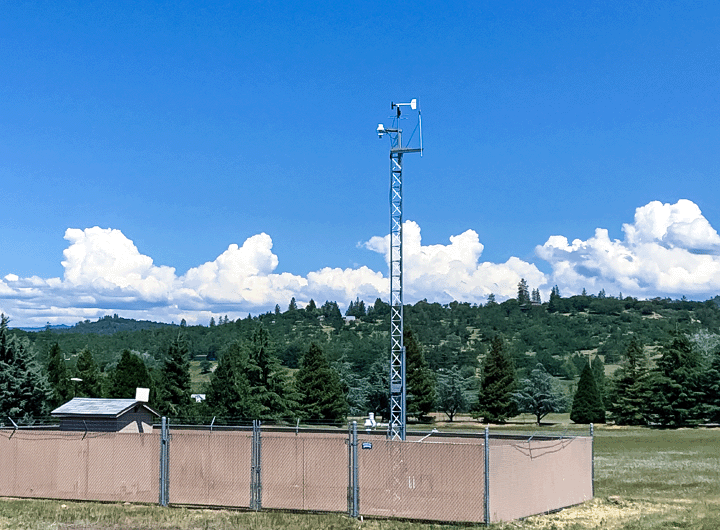Thought Leadership
EPA is Focusing on Smaller Ammonia Refrigeration Systems in the Pacific Northwest

EPA Region 10 is starting a “Compliance Assurance and Enforcement Initiative” aimed at facilities in the Pacific Northwest with less than 10,000 pounds of ammonia. If you know it’s important to comply with the General Duty Clause, this is no big deal. However, if you thought only systems with more than 10,000 pounds of ammonia needed a safety program, this is a really big deal.
Why is 10,000 Pounds Important and What Is the General Duty Clause?
People who operate refrigeration systems with 10,000 pounds or more of ammonia are subject to the EPA risk management plan (RMP) and OSHA process safety management (PSM) rules, which are designed to prevent catastrophic chemical accidents. Both OSHA and EPA have a General Duty Clause, which, among other things, requires people who operate smaller ammonia refrigeration systems to have an effective safety program to prevent catastrophic chemical accidents. EPA has even developed a guidance document to help people understand what’s necessary to comply with the General Duty Clause.
There has been quite a bit of enforcement action for people with systems subject to PSM/RMP. On the contrary, people with less than 10,000 pounds of ammonia may have noticed that regulators don’t show up to check compliance with the General Duty Clause. They may have felt that being out of compliance was like driving five miles per hour over the speed limit—sure it’s technically illegal, but who’s going to give you a ticket unless you have an accident?
What is EPA Doing?
EPA Region 10 is now implementing a program that follows in the footsteps of the pilot program started several years ago in the Northeast by EPA Region 1. As described in this factsheet, EPA will send brief, targeted information requests to selected facilities that it has reason to believe may be out of compliance. Facilities will be required to respond to EPA answering four questions about their ammonia refrigeration systems, including whether a process hazard review has been performed. If a facility has not performed the required hazard review, EPA will inform the facility that it has violated the first duty of the General Duty Clause.
Unless a significant release has occurred at the facility, EPA will offer to resolve this violation for a discounted penalty, provided the company agrees to perform a hazard review of its system with the help of an expert. The company will also be required to meet with emergency responders and submit any missing Tier II forms.
What Should You Do?
EPA suggests that you should conduct a comprehensive hazard review of your refrigeration system to comply with the duty to identify hazards. Appropriate hazard identification techniques include standard industry checklists and what-if analyses. This is essentially the same as a process hazard analysis consistent with PSM/RMP requirements.
Although prioritizing the hazard review is a great idea, I wouldn’t forget about the other obligations under the General Duty Clause. I suggest that you review the EPA guidance document and ensure that you have a good safety program that includes all the required elements.
Finally, the EPA factsheet explains that EPCRA compliance is also part of the enforcement focus, so you should ensure that you’re up to date on your Tier II submission.
As you can imagine, MFA operators are standing by if you need help with any of this.
Are Other EPA Regions Going to Follow Suit?
I heard that EPA Region 9 (Pacific Southwest) is looking into a similar initiative, but I don’t have information about other regions.
Wait a Minute! Isn’t This All Going to Change in January? What About Overturning the Chevron Doctrine?
I won’t deny that previous presidential administrations have had a significant impact on the direction of EPA, so the prospect of a new administration creates uncertainty. I’m also sure there are attorneys who are willing to challenge EPA’s authority to enforce their guidance to implement the general duty clause now that the Chevron doctrine has been overturned by the Supreme Court. However, I don’t have a crystal ball, so I can’t tell you how this will all shake out. I don’t believe anyone knows what the future holds.
Even if I can’t answer these questions, I can say one thing with great confidence— it’s good to avoid catastrophic chemical accidents. If you focus on risk reduction, the compliance part tends to follow, regardless of the changes that may take place in the agencies, the courts, or the White House. Don’t let yourself get bogged down in paperwork and bureaucracy. Just develop and implement practical ways to prevent accidents and you, your coworkers, and the surrounding community should be ok.



